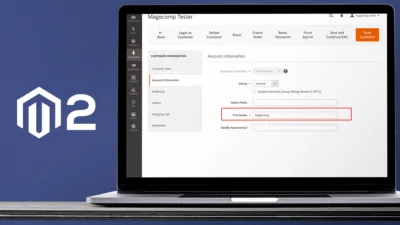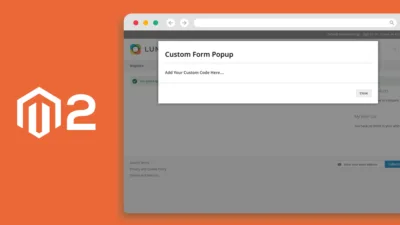Hello, Magento Buddies!
Magento is unquestionably an incredible platform to develop E-commerce websites. But to get the maximum benefit out of this vigorous platform, it is advisable to make use of the right set of tools and development for the system.
Websites have now become an indispensable element of any firm in this time of fierce competition. These E-commerce websites require bountiful resources in order to stand out of the competition and provide the best possible customer experience.
When it comes to developing a website for your E-commerce store, the Magento platform is the appropriate place to go for! However, building up a website can get much simpler and easier if used along with proper Magento Development Tools as such tools can help you to create a lively and dynamic website specifically for a newcomer. While installing is easy in Magento, actually maintaining the website can be a complicated task.
In this tutorial blog, I will walk you through the Top 5 Magento Development Tools which can be utilized in developing a full-fledged E-commerce website. So, let’s get going!
Top 5 Magento Development Tools
PHPStorm
PHPStorm, a popular and the most useful Magento Development Tool for big Magento projects. It can help you categorize and manage projects seamlessly with minimal work. PHPStorm also stipulates tools to test, debug and profile your application more efficiently.
Advantages:
- Installation is easy.
- Smart PHP code assistance
- Version Control System Support
- FTP and remote synchronization
- Visual debug facility inside the IDE.
Xdebug
Xdebug is another advantageous Magento Development Tool that can help debug the PHP codes easily with the help of the DBGp debugging protocol. This tool can help you profile the information of PHP scripts.
Advantages:
- Runs through the code editor when the script is executing.
- Helps to make the PHP errors better.
- Helps to trace and write every missing function call and argument in your code.
- Aids to enhance your application by finding blockages.
Magento Debug
Magento Debug is also a beneficial toolbar to debug codes based on the Django framework. It helps to list request attributes for developers to understand better about the script. Magento Debug is basically a developer debug toolbar similar to the Magento development toolbar except for its appearance. Otherwise, the features are almost the same for both tools.
MageTool
One of the most effective development tools makes use of the Zend framework to develop Magento websites. The MageTool helps to reduce the number of repetitive tasks which is its most considerable advantage. And the developers also get ease in migrating to the Magento admin and MySQL tools. The developers can easily run commands to enhance the flow of work substantially.
Advantages:
- Automate common operations
- Also operates to clear cache and reindex data
- Easily switch from Magento admin to MySQL tool.
- Enhanced flow of work.
Magento PHPUnit Integration
The Magento PHPUnit testing makes it easier as possible to test the quality of the code and different scenarios specifically. The core files remain unchanged and an individual database is created to find errors and mistakes and test the codes significantly.
Advantages:
- Helps to test the code quality.
- Helps to configure module problems.
- Implements a bridge between Magento and PHPUnit.
Bottom Line
The aforestated Top Magento Development Tools can help web developers get the right data when developing for the customers. Development can get tricky in the absence of adequate tools. The Magento Development tools mentioned here can help in efficacy improvement and saving time and labor work.
To custom develop your Magento 2 store entirely or partially, you can reach out to us by Hiring a Dedicated Magento Developer. Also, upgrade your Magento 2 store user experience with MageComp Mobile App for your customers.
We anticipate this blog article was instructional and helpful for you. See you soon with our next blog. Have a G’day ahead!
Happy Reading!








